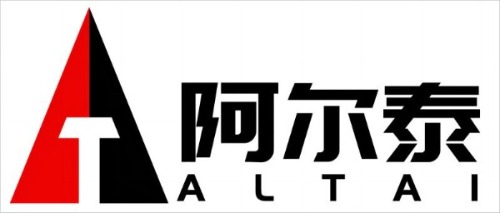A Cell on Wheels (COW) is a portable mobile cell site that can be quickly deployed to provide temporary coverage in areas where there is a need for additional capacity or where permanent infrastructure is unavailable or undergoing maintenance. In contrast, other telecom towers, such as monopole towers or lattice towers, are permanent structures that are designed to provide long-term coverage and support.
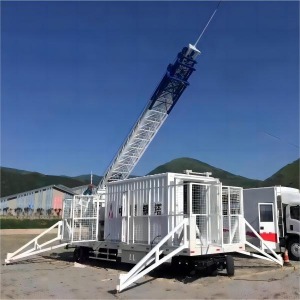

Here are some key differences between a COW and other telecom towers:
1. Portability: COWs are designed to be easily transported and deployed in different locations as needed. They are typically mounted on a trailer or a truck, allowing for quick installation and removal. Other telecom towers are fixed structures that require a more extensive installation process.
2. Temporary Coverage: COWs are primarily used for temporary coverage, such as during special events, emergencies, or when permanent infrastructure is being upgraded or repaired. Other telecom towers are designed for long-term coverage and are built to withstand various environmental conditions.
3. Capacity: COWs are generally smaller in size and have limited capacity compared to permanent telecom towers. They are often used to provide additional capacity in high-demand areas or to fill coverage gaps temporarily.
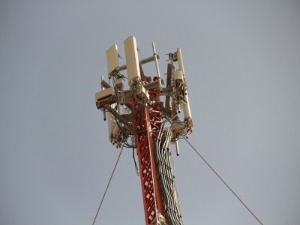

When making a choice between a COW and other telecom towers, several factors should be considered:
1. Duration of Coverage: Determine whether the need for coverage is temporary or long-term. If the requirement is temporary, a COW may be more suitable. For long-term coverage, a permanent telecom tower would be a better choice.
2. Scalability: Consider the scalability requirements. If there is a need to rapidly increase or decrease capacity in the future, a COW can be easily deployed or removed. Permanent towers may require additional planning and permits for expansion or removal.
3. Site Availability: Assess the availability of suitable sites. If there are existing permanent telecom towers in the desired locations, it may be more cost-effective to utilize those structures rather than deploying COWs.
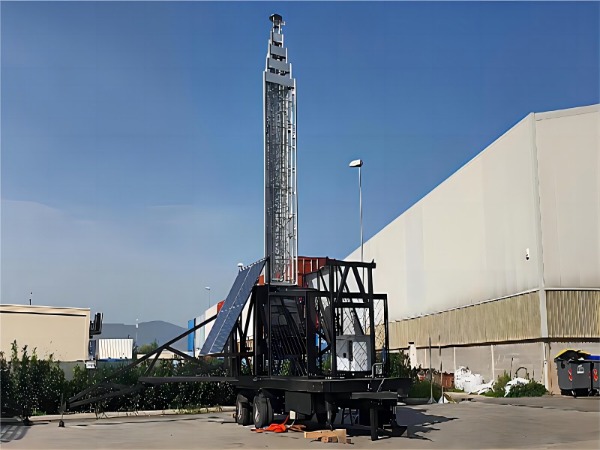
4. Timeframe and Budget: Consider the timeframe and budget constraints. COWs can be deployed relatively quickly and are typically more cost-effective for short-term requirements. Permanent towers require more time and resources for design, permitting, and construction.
5. Regulatory Considerations: Understand the local regulations and permitting requirements for both temporary and permanent structures. Ensure compliance with zoning regulations and any restrictions on tower heights, aesthetics, and environmental impact.
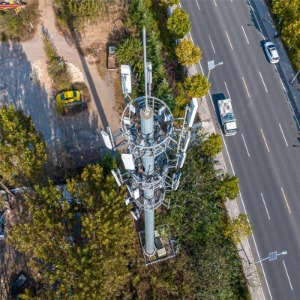

Ultimately, the choice between a COW and other telecom towers depends on the specific needs, duration, scalability, site availability, and budget constraints of the telecommunication project. Consulting with telecom professionals and experts can help in making an informed decision based on the specific requirements and constraints.
Learn more at www.alttower.com
